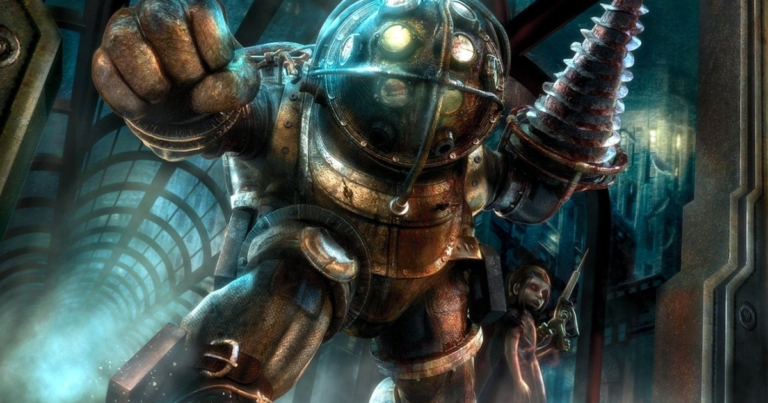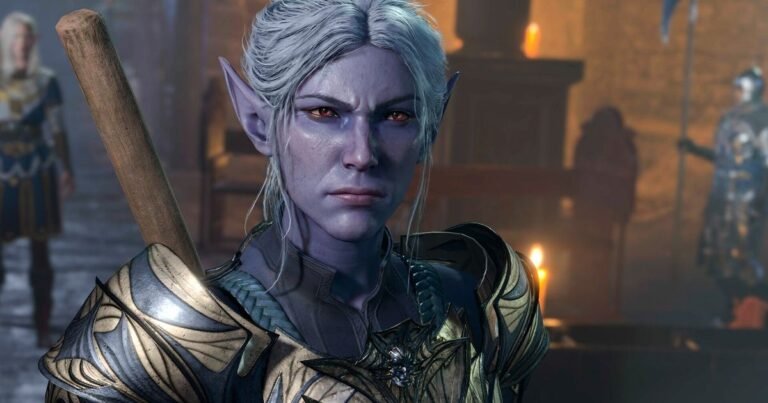
Star Wars Outlaws Makes its Switch Debut
Star Wars Outlaws has made its way to the Switch 2, bringing with it the ray tracing techniques that have become a staple in console and PC versions. However, this adaptation for Nintendo’s hardware comes with some notable changes. Digital Foundry’s technical analysis highlights the presence of RTGI (ray traced global illumination), ray traced reflections, and volumetric clouds, but also points out issues like noise and loss of detail during motion in certain parts of the game.
Quality of Lighting and Reflections
When it comes to lighting quality and reflections, the Switch 2 version manages to maintain many effects, sometimes even surpassing other consoles with sharper specular reflections. However, the overall lighting stability is lower, with noticeable gaps and noise during panning and camera movements. While the techniques used remain consistent, there are differences in quality and resolution.
Visible Cuts in Features
The Switch 2 version of the game presents visible cuts in features like scene objects, models, and vegetation density. Some objects have been removed, models appear less detailed, and open areas have fewer NPCs and vegetation. These cuts, totaling a game size of around 20 GB, are more evident in cities and open spaces compared to missions or enclosed areas.
Regarding shadows and volumetric effects, shadows on the Switch 2 appear more blurred and lower resolution, with reduced volumetric fog in certain areas. Despite these compromises for visual fidelity and performance, the implementation of volumetric clouds remains visually striking on the platform.
Performance-wise, the Switch 2 version aims for a stable 30 fps, with occasional drops but overall maintaining a sense of stability. The differences between docked and portable modes are noticeable, with the game utilizing DLSS with DRS in docked mode and adjusting resolution and rendering distance in portable mode.
While there were some technical issues at launch, Digital Foundry notes that the port was finalized late in production, leading to significant improvements from pre-launch impressions. The collaboration of several studios and the adaptability of the Switch 2’s architecture allowed for a game with multiple ray tracing techniques to run smoothly on a portable device.



